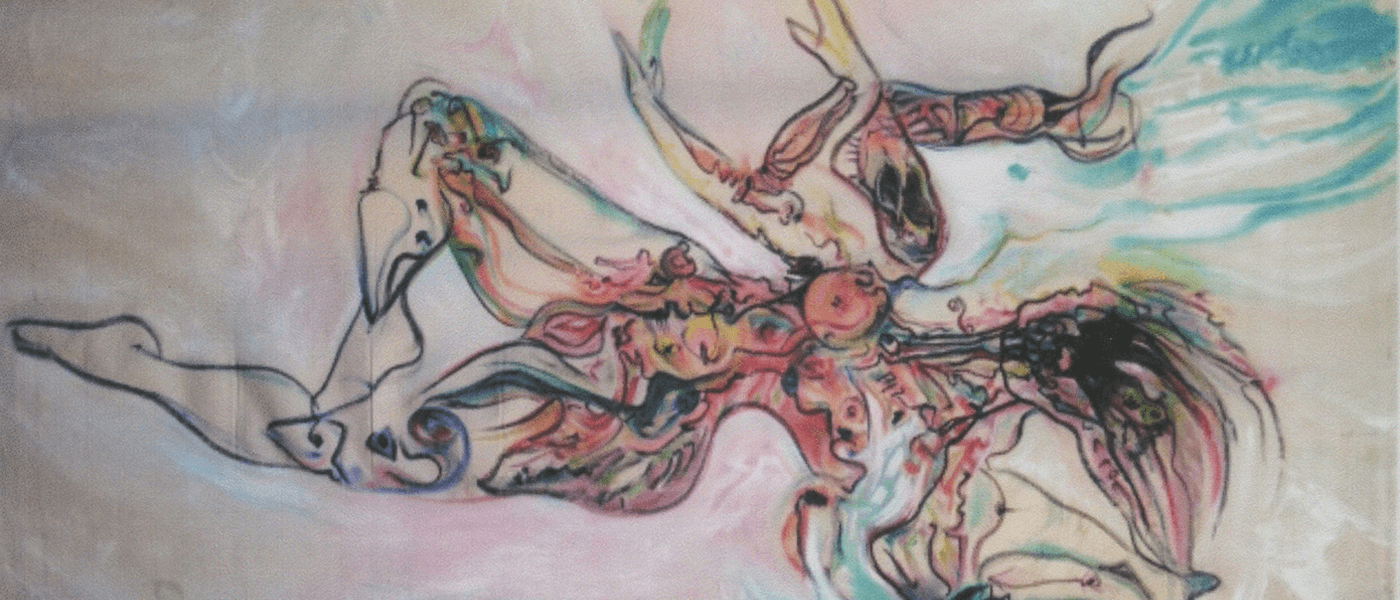An art exhibition that explores a range of works over a long career, created by the American artist, humanist, and teacher Jacob Landau. The exhibition features a selection of some eighteen works. All are from Monmouth University’s extensive collection of Jacob Landau’s work, comprising over 300 prints, drawings, and paintings. The collection was gifted to Monmouth University in 2008 by the Jacob Landau Institute of Roosevelt, NJ.
Reception: Thursday, April 13, from 4– 6 pm
About Jacob Landau:
Born in Philadelphia in 1917, Landau launched his career as an illustrator, winning national prizes at age 16 and a scholarship to the Philadelphia College of Art. He went on to have over sixty one-person shows, featuring a wide range of drawings and paintings. The recipient of numerous awards, including Guggenheim and National Arts Council grants, many of his works are featured in permanent collections, such as the Philadelphia Museum of Art and the Museum of Modern Art in New York. A master teacher, he retired as professor emeritus at New York’s Pratt Institute. In 1996, he was awarded an honorary Doctorate in Fine Arts by Monmouth University.
For Jacob Landau “art enables us to see the world whole and undivided.” And at its center lies the artist’s desire for justice in this world. The current exhibit reveals that his entire career was driven by such a quest from an early work with conte crayon, “Two Women in Market” and his “Mine Strike at Auchel” through an “Einstein” portrait, as well as watercolor pochoirs of “Malachi” and “Isaiah” who call for justice and whose bold colors and sinuous lines derive from their respective stained-glass windows that Landau created for the Keneseth Israel Synagogue in Elkins Park, PA (just outside Philadelphia), two of ten windows, each towering 5’x20’, that flank the prayer hall.
Landau’s Isaiah and Malachi watercolors exhilarate, even as they confront the viewer. We realize that the prophet does not predict the future but reveals the present, witnessing injustice, condemning it, and proclaiming alternatives—actions. Clearly, Isaiah’s words pierced the artist’s heart: “Seek justice, relieve the oppressed.”
And we see Landau’s struggle in his quest as a citizen of our world and as an artist in a series of sketches and preparatory drawings for his portrait of Malachi as well as those of Amos, Hosea, and Jeremiah. We are also given an image of a world without justice, Ezekiel’s Vison of Dry Bones, and a glimpse of a promised new world to come, New Jerusalem.
